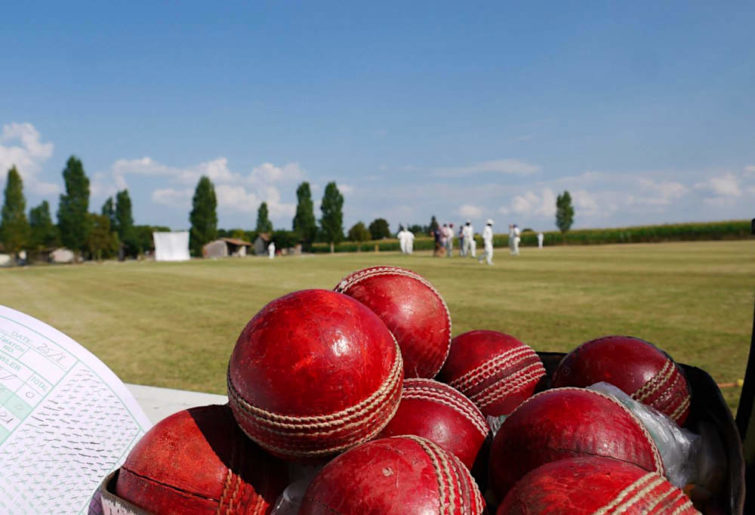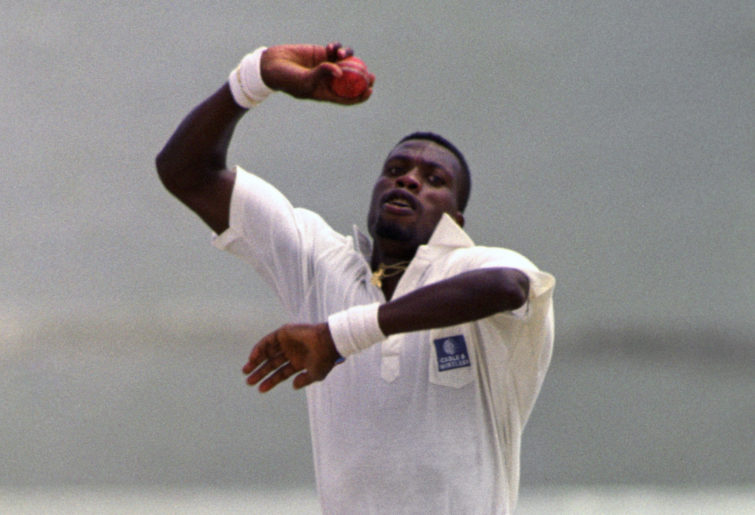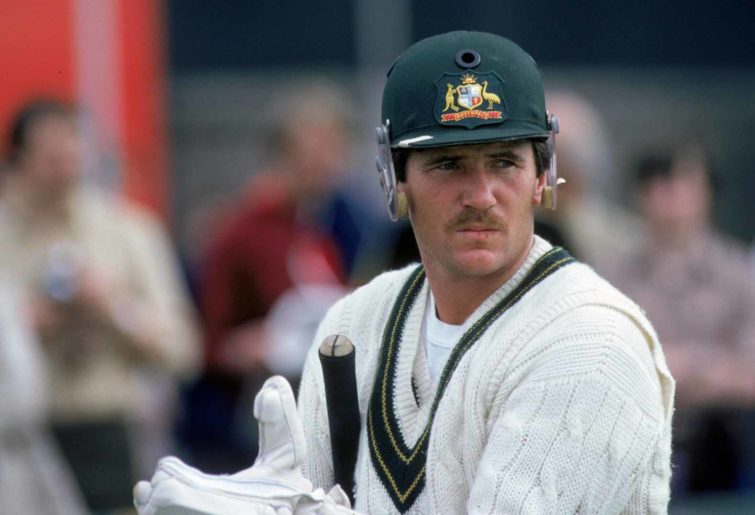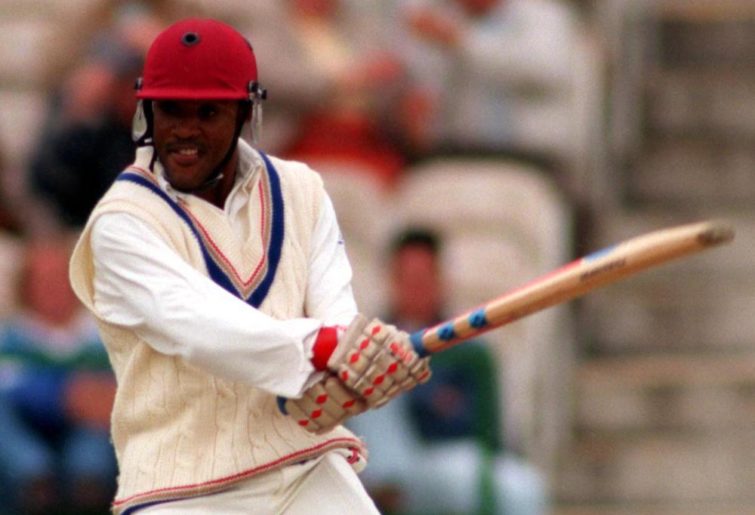The West Indies were the dominant Test team of the 1980s, while Australia were clearly the best in the 1990s, taking over from late 1994 onwards.
In a recent conversation on The Roar, someone asked who would have been the second best team over the duration of the 1980s. Opinions were given, misconceptions surfaced and respectful debate ensued, but I don’t believe any definitive, unanimous conclusion was arrived at.
I thought it not only worth delving into deeper, but also the same again for the 1990s. The misconception for the 1980s revolves around just how bad Australia were – or weren’t they – and it is possible for the same misconception to arise regarding England in the 1990s.
So, I set out to examine each country’s records in both decades, both home and away against each other, as well as their performances against the respective dominating teams in those two decades, the West Indies and Australia. The 1980s will be dissected first, then the 1990s in another day or so.
Pakistan is possibly the perceived front runner for runner up to the West Indies for the 1980s. They were the only team to hold the West Indies to a draw both home and away during this decade, both the 1986-87 series in Pakistan and then early 1988 in the Caribbean were three Test series which finished 1 all.
In both series, Pakistan won the first Test, only to see the West Indies rally to successfully square the rubber with a drawn Test thrown in just for good measure on both occasions.
The other series between these two teams was in Pakistan in 1980-81 and in a four-match series, Pakistan credibly managed to only lose 0-1.

(Credit: Wolliwoo/CC BY-NC 2.0)
Pakistan were also one of the four other teams apart from the West Indies to beat England both home and away during the 1980s, but also one of only two teams (apart from the West Indies) to win both home series against the inventors of this great glorious game.
Like every team bar the West Indies, Pakistan also lost one of the Test series they played in England and that was in 1982. They won their first ever series in England five years later and triumphed at home both in 1983-84 and 87-88 against the Poms.
Against New Zealand in 1984-85, Pakistan won a three-Test home series 2-0, and then immediately after flew to New Zealand where the kiwis repaid them in kind. Four years later the Pakistanis returned to Kiwiland and this time a two-Test series was drawn nil all.
Pakistan played their fiercest rivals, India, five times in the 1980s, three at home and two away. They smashed India 3-0 in a six-Test series at home in 1982-83, while the other two series at home two years later and seven years later respectively were both drawn nil all, six Tests in total with another rare Test abandoned without a ball being bowled.
The two different Test series they played in India were also drawn nil all in 1983-84 and a Pakistan victory of 1-0 in 1986-87, with the fifth Test being the only one to record an actual result. All in all, these traditional revivals played each other in 20 Tests, recording 16 draws and four wins to Pakistan.
Pakistan versus India Test match cricket in the 1980s was mainly characterised by simultaneous high scoring and slow scoring, which will always remain the perfect recipe for lifeless draws while never being a good advertisement for the pure form of the game.
It is little wonder that fans across the sub-continent became totally seduced by the limited overs variety during the 1990s.

Curtly Ambrose of the West Indies. (Photo by Rebecca Naden – PA Images/PA Images via Getty Images)
While other teams beat them from time to time, Australia was the only country, including the West Indies, to wallop Pakistan in a Test series during the 1980s and did so twice, both in Australia in 1981-82 as well as two years later.
In 1989 Australia prevailed in a hard-fought match in Melbourne, mainly courtesy of dropped catches off the brilliant bowling of Wasim Akram.
That series was concluded in Australia’s favour with two draws in the new year of 1990. In between times, Pakistan convincingly beat Australia in a very dull series at home in early 1980 and then handed us a 3 nil whitewash walloping all of their own when we returned there in late 1982.
The late 1988 series in Pakistan saw another walloping in the first Test, followed by a very honourable draw from Australia’s perspective in the second test, followed by us (Australia) narrowly failing to square the series in the 3rd by a mere two wickets with the home side nowhere near the victory target.
England suffered the worst of any of the Test teams at the hands of the West Indies during the 1980s, with home and away 0-5 whitewashes in 1984 and 1986 respectively and then another 0-4 drubbing at home in 1988. Prior to any of those series, they lost 0-1 at home in 1980 and then 0-2 in the Caribbean in early 1981.
The latter of those two series consisted of four Tests, while five were played in 1980. I’m guessing that home series (1980) result of 0-1 is probably not as credible as it appears, because England being England, I am assuming the weather wreaked havoc that summer, though if anyone has reliable information to the contrary feel free to enlighten me in the comments section.
England were the only team (ignoring minnows Sri Lanka) to not record even a single Test match victory over the West Indies during the 1980s, and in fact all of Pakistan, Australia, India and New Zealand managed at least one home drawn series against that mighty team in that particular decade.
India and England played each other twice both home and away during the 1980s. Both teams recorded one series win at home and one in the other’s own backyard. The 1981-82 series in India typified Test cricket on the sub-continent that decade with a 1-0 win to the home side in a six-Test series.
England won there in 1984-85 2-1 in a 5-test series, while the 1982 and 86 series in England both consisted of three Tests. England were 1-0 victors in 82, India 2-0 in 86.
England both beat (1983) and lost (1986) to New Zealand at home and lost (1983-84) and drew (1987-88) down in the land of the long white cloud during the 1980s.
So now to Ashes cricket as a finish to England’s 1980s performances as well as picking up the Australian story during that decade. England’s first two Tests of 1980, and two of Australia’s first three were against each other. Australia won both in a non-Ashes three-test series between the two countries.
The first Test of the series had been played the previous month, December 1979, but Australia made a 3-0 clean sweep regardless. Counting that series, Australia and England both beat each other twice at home, and lost once at home each.
What is striking is that for all intents and purposes, none of the six series they contested in the 1980s were close. They won three series each, and every single one was either one-sided or a downright drubbing – closer to the latter if calling a spade a spade.
Australia versus Pakistan in the 1980s has already been dissected, so on to the West Indies who contested a drawn 3-test series 1-1 here down under in 1981-82, and three 5-test series, two here in Australia in 1984-85 and 88-89 as well as one in the Caribbean in early 1984.
The results of those series were in chronological order 3-0, 3-1 and 3-1 in favour of the West Indies. The two Tests Australia won in those three series were both tokenistic dead rubber consolation wins after trailing 0-3 after three.
Against India all series were drawn – one in India 0-0 and two here 1-1 and 0-0. India should have won the Melbourne Test of 1985-86 but for rain wiping out the second half of the final day when 2 for 67 chasing 126. However, rain is a fact of life in Test cricket, and they didn’t control either of the other two Tests well enough, especially after scoring heavily in both.
Plus, in both innings of that Melbourne test, they allowed the lone-hand century maker – Greg Matthews and Allan Border – to add priceless extra runs with the number 11 in. The last wicket stands in Australia’s two innings were 36 and 77, a combined total only 13 less than India’s eventual fourth innings victory target.
Therefore, it must be said, India just weren’t strong enough in their bowling, despite our own cricket being at one of its weakest points ever.

(Adrian Murrell/Getty Images)
Against New Zealand the ledger reads two series wins apiece as well as a drawn series. New Zealand beat us here and at home, we beat them twice here and the drawn series was down there across the Tasman in early 1982.
This now leaves only India v New Zealand as well as both of these countries against the West Indies before I make my summation. New Zealand beat India at home in 1980-81 and well as 1989-90 while they lost in India in 1988-89.
Given that the home side prevailed on all three occasions and there was one more series in New Zealand than in India, I am calling that even and that will be relevant in the upcoming summation.
India lost in the West Indies in 1983, 0-2 in a five-match series, and lost at home to the same team in 1983-84, 0-3 in a six-match series. The four-match 1987-88 series in India was drawn 1-1 while the Windies crushed India 3-0 in the 4-match series in the Caribbean in early 1989.
New Zealand beat the West Indies 1-0 at home in early 1980. It may or may not be relevant that Viv Richards missed the series, but to say that the West Indies were unhappy with the umpiring would be a massive understatement.
Throughout the 1980s, the only umpires not to be heavily criticised by touring teams were the English ones, not coincidentally the only umpires in the world who were even remotely full time professional to and at that particular point in cricket history.
However, about the only team that never whinged about umpires outside of their own country were the West Indies – except in that series. Food for thought, rather than conclusive proof of anything. Anyway, New Zealand lost in the West Indies in early 1985, but held them to a 1-1 drawn series when the West Indies returned to New Zealand in early 1987.
So clearly, India were the most mediocre of the main six Test nations in the 1980s. In the contest for second best of the decade, Pakistan, England, Australia and New Zealand were so much dead even head-to-head, home and away, it is downright uncanny.
We can eliminate Australia and England because they fared considerably worse against the West Indies than either of Pakistan or New Zealand throughout the decade. England fared genuinely worse than Australia did against the West Indies, and they (England) also lost a home series to both Pakistan and India, while Australia did not. Therefore, I will rank India number 6, England 5, and Australia 4.

West Indies batsman Gus Logie. (Tony Marshall/EMPICS via Getty Images)
So, it is a choice between New Zealand and Pakistan for 2 and 3. How do we decide? New Zealand won a series against the West Indies, Pakistan did not. However, Pakistan held the West Indies to a draw in the actual Caribbean, New Zealand did not.
Pakistan won in India, New Zealand lost there. New Zealand won a series in Australia, Pakistan did not. Both won a series in England, and both lost one there.
Pakistan won both series at home against England, for New Zealand it was a win and a draw. New Zealand didn’t lose a home series, Pakistan only lost one, to the West Indies right at the start of the decade.
Sri Lanka, clearly minnows, recorded only two individual Test match wins in their first decade of Test cricket – one against India, and the other against Pakistan.
However, the series in which that Sri Lankan Test match win over Pakistan was recorded, in 1985-86, was drawn 1-1, and when New Zealand toured Lanka Land the following year, the one-off Test was also drawn. I’m calling it a tie for second, but I’m very interested to know what others think.
Stay tuned for the race for second best in the 1990s.
































































































